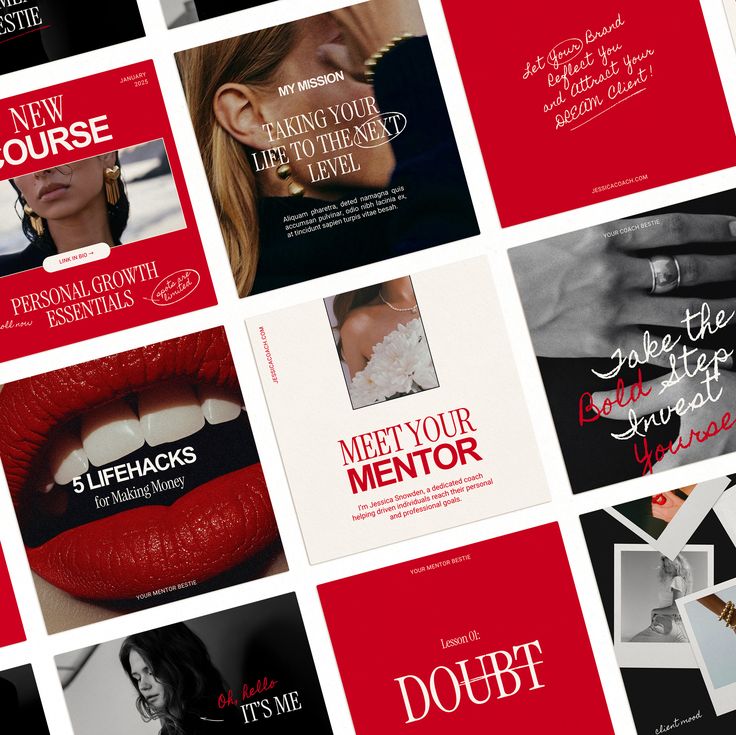How to Create a Strong Brand Voice in 5 Steps
Your brand voice isn’t just how you talk — it’s how people remember you. It sets the tone across your website, social media, email campaigns, and even your packaging. In a world where everyone’s shouting online, having a consistent and clear brand voice makes your brand stand out. This guide walks you through 5 practical steps to create a strong brand voice that builds recognition, connection, and trust.
Understand Why Brand Voice Matters
If your messaging feels scattered or bland, it’s because your brand voice isn’t defined. A strong brand voice creates consistency, which helps people feel like they know you — and people buy from brands they trust.
Sprout Social confirms that consistent voice improves brand trust and recall, especially on social media.
Whether you’re posting a tweet, writing a sales email, or responding to a DM — your brand voice needs to stay consistent.
💡 See how I applied this in my Brand Strategy work to bring clarity to mission-led messaging.
Define Your Brand’s Mission and Values
Before you write anything, you need clarity on your brand's values, tone, and what you stand for. Your brand voice should reflect that foundation. Are you bold and witty? Calm and helpful? Direct and professional?
This is where your brand's identity gets translated into words. If you're still working on this step, check out my Free Branding Worksheet to lock in the foundation first — your visuals and voice should speak the same language.
Know Your Audience and Speak Their Language
A great brand voice talks to people, not at them. You have to know your audience’s tone, language, and expectations. Speaking to Gen Z? Drop the jargon and keep it punchy. Talking to C-suite execs? Go smart and sharp.
HubSpot offers a helpful template for outlining the tone and voice that fits your audience. And if you’re creating content for multiple platforms, your brand voice should adapt slightly — without losing its core.
👀 Want to see this in action? Visit my Social Media Marketing page for examples of tone variation by platform.
Audit Your Existing Content for Voice Consistency
Before building a new brand voice, check how your brand currently sounds. Go through your latest emails, social posts, product pages, and blogs. Is the tone scattered? Are you overly formal in one place and casual in another?
If you're seeing a disconnect, that’s where your brand voice system needs tightening. This step is also great for updating your content strategy — so that your messaging, visuals, and timing align across platforms.
📊 See how I tackled this during the Ray-Ban email campaign project — keeping voice and visuals aligned.
Create Brand Voice Guidelines and Use Them Everywhere
Document your tone, personality traits, do's and don’ts, and examples. A clear brand voice guide makes sure your whole team — or even just future-you — can write on-brand across every channel.
You can find examples from ClearVoice and the Content Marketing Institute if you want inspiration for formatting your guide.
Include brand personality descriptors like:
-
Friendly but not silly
-
Bold but not arrogant
-
Clever but not try-hard
✍️ For more on tying voice to planning, check out my Content Strategy case study.
Conclusion
Creating a strong brand voice isn’t a one-time thing — it’s a foundation that evolves. The right brand voice makes your brand recognizable, relatable, and reliable. From defining your mission to building your tone into every channel, these 5 steps will help your brand show up consistently and confidently.
🎯 Ready to align your voice with your content? Download my Free Content Planner — built to help you match tone and message, one post at a time.


.jpeg)